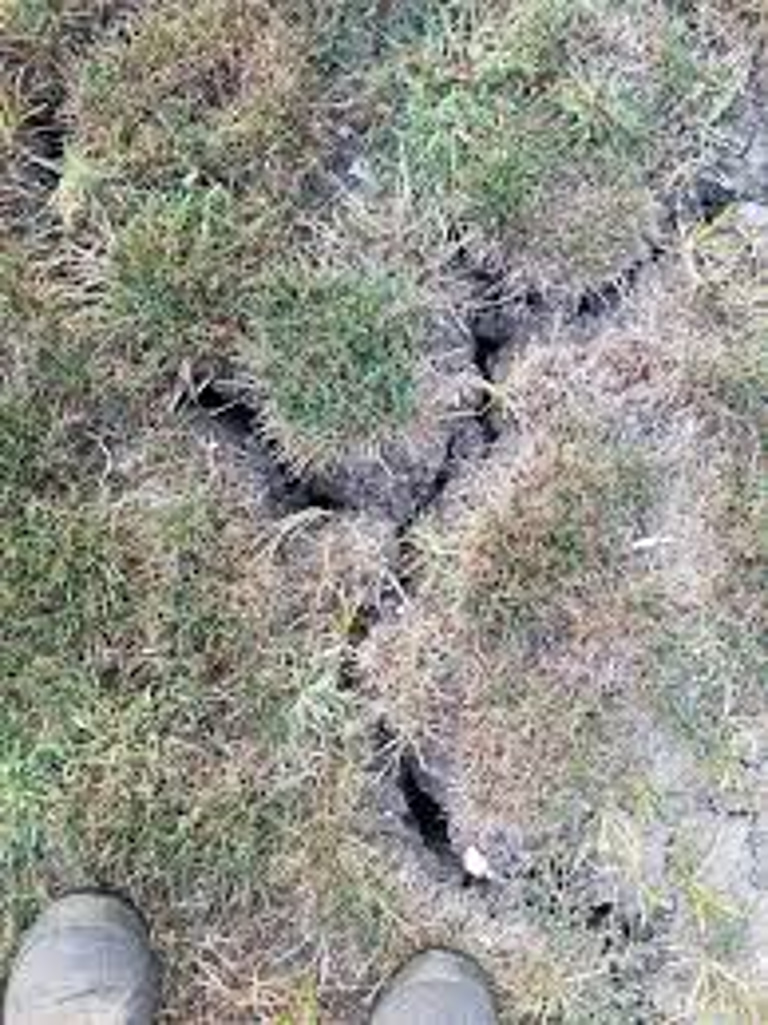What I See That Others Don’t
Where others see just dirt, trees, and brush,
I see a record:
seeds reverting to wild form
invasive plants clustering in strange places
animals avoiding ground that’s been disturbed
and soil holding the memory of what lies beneath.
This work began with studying of cold cases of missing persons across Australia, Texas, Florida, and beyond.
It led me to discoveries as unlikely as a survivor’s campsite pointing toward the 16th-century shipwreck LaTrinite’ off the Florida coast — and to secrets buried much closer to home.
My approach isn’t law enforcement (although that is where it started) and it’s not academic theory. It’s boots-on-the-ground, field-tested observation of the environment.
The landscape doesn’t forget, and if you know how to read it, it will tell you the truth.
Why I’m Reluctant
I’ll be honest: I’m reluctant to return to this line of work. It’s demanding, dangerous, and not for the faint of heart. But if the right case comes along — and the stakes are high enough — I’ll pick it up again.
I don’t publish locations, and I don’t hand over secrets.
But if you need someone who can see what others miss, you’ve found him.
Proof of Skill
Based on the information I studied for 3 and 1/2 years in missing persons searching for clandestine graves, I discovered a lost 500+ year old treasures that even I didn't notice until after beginning my searches for clandestine gravesites.
After turning in a few "suspect" sites, I stopped searching for missing persons and happened upon a site that just screamed "Hey, check this out!".....
...so - I did.
And what I found left me breathless.
I am continuing down this path not only as a Missing Persons searcher, but as a down to Earth treasure hunter....quite literally!
My research has led me to discover a sunken shipwreck that had never been discovered called "LaTrinite'"
....from the 16th century.
Now, I am moving onward to locate 2 more ships I have found "trace evidence" on that during the search for, I also found another extra unknown vessel I believe to be a mini-sub of WWII origin which was probably launched from a larger U boat known now as U-166 of which is sitting on the ocean floor near the Lousiana coast.
This story ties in with the two ships I am searching for:
In 1549, Alonso de Fontaneda was shipwrecked along Florida’s east coast. He spent 17 years among the Ais Indians, meticulously documenting what he saw: shell necklaces, feathers, and ornaments salvaged from European shipwrecks. These weren’t mere decorations—they were markers of trade, status, and ritual. Most intriguingly, Fontaneda noted that treasures were rarely buried with the dead, suggesting deliberate relocation inland.
He even wrote:
“I desire to speak of the riches found by the Indians of Ais, which perhaps were as much as a million dollars, or over, in bars of silver, in gold, and in articles of jewelry made by the hands of Mexican Indians, which the passengers were bringing with them.”
These eyewitness accounts provide a rare blueprint for how treasures moved through Ais society—long before archaeologists arrived.
Fast forward nearly 500 years. The Spanish ship La Trinité, lost centuries ago, has been officially recovered—but not without controversy. Using a research-driven approach, I had narrowed down the location based on historical accounts, geographic patterns, and eyewitness records.
Yet, the state of Florida and a commercial treasure-hunting company took over the find, sidelining my work despite my key contributions.
This experience revealed a harsh truth: independent researchers often receive no recognition, even when following verifiable historical evidence. That’s why I’ve committed to funding my own expeditions—and inviting others to join the mission.
Instead of waiting for institutions, I created Raising Relics
If you’re as intrigued by history as I am, or want to support this hunt for one of America’s forgotten treasure troves, reach me at raisingrelics@gmail.com.
This is more than just a story!
📖 Part historical thriller
🧭 Part personal expedition
💡 100% original
raisingrelics@gmail.com
© 2025. All rights reserved.
